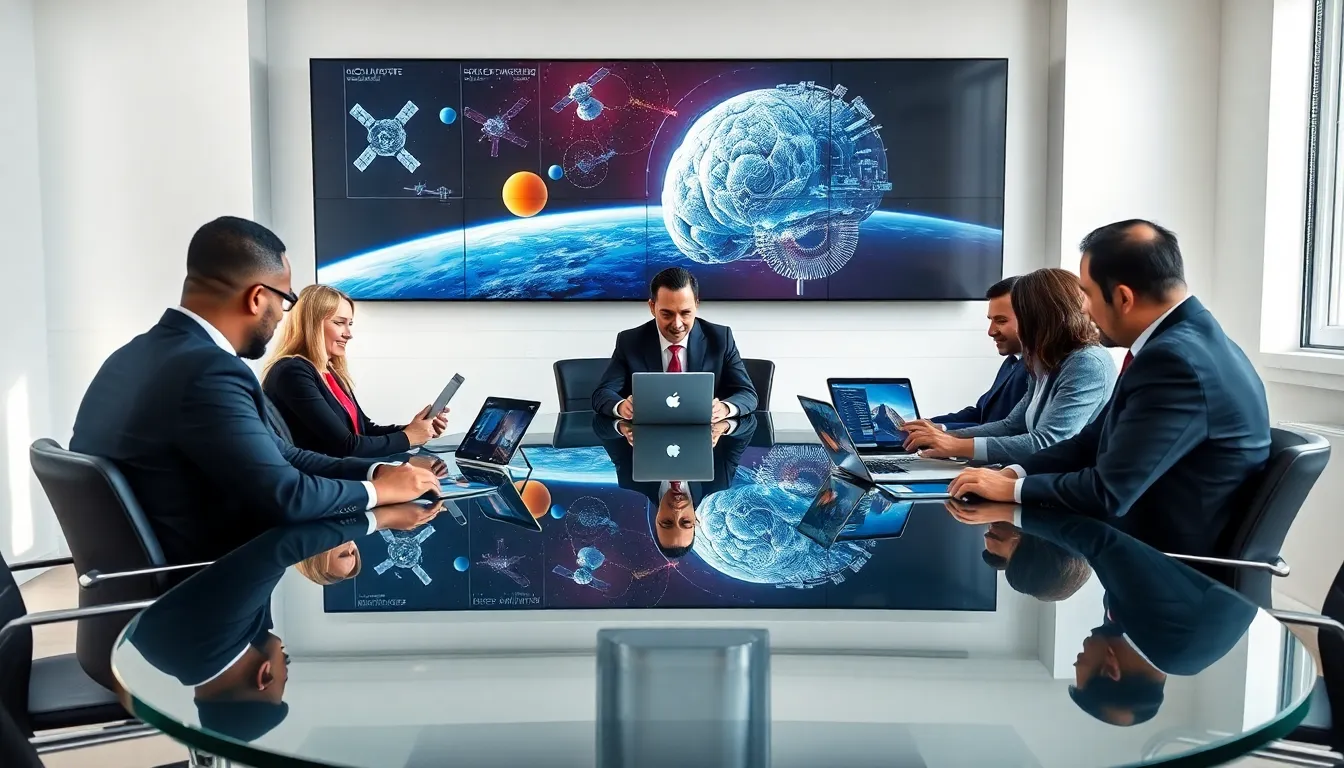Table of Contents
ToggleIn a universe teeming with possibilities, the Science Space and Technology Committee stands at the forefront, pushing boundaries and redefining the limits of human achievement. Imagine a group of dedicated individuals, armed with knowledge and ambition, grappling with questions that shape our understanding of the cosmos. They’re not just star-gazers: they’re trailblazers. From legislation that propels us toward Mars to tech that promises to enhance our earthly existence, this committee is a powerhouse of innovation. Buckle up as we dive deep into the initiatives and future impacts of this illustrious committee.
Overview of the Science Space And Technology Committee

The Science Space and Technology Committee (SSTC) plays a crucial role in the U.S. House of Representatives, focusing on a broad spectrum of issues that intersect science, technology, and space exploration. Founded in 1958, in the wake of the space race, this committee has evolved significantly over the decades.
History and Formation
Initially created to oversee the National Aeronautics and Space Administration (NASA) and other related agencies, the SSTC has expanded its scope to encompass various sectors, including telecommunications, artificial intelligence, and biotechnology. The committee comprises members from both parties, reflecting a shared commitment to advancing science and technology, irrespective of political differences. Its mission is to ensure that the U.S. remains a leader in global innovation and exploration.
Roles and Responsibilities
The Science Space and Technology Committee is responsible for crafting legislation and overseeing policy initiatives that shape the trajectory of scientific progress in the United States.
Key Areas of Focus
One primary area of focus is space exploration. The committee advocates for funding and support for NASA missions, emphasizing the significance of upcoming initiatives, including lunar exploration, Mars missions, and the advancement of satellite technology.
Another vital segment the SSTC tackles is technology development, including cybersecurity and renewable energy solutions. By fostering innovation in these areas, it aims to prepare the nation for the challenges of tomorrow.
Legislation and Policy Initiatives
The committee proposes legislation that caters to various scientific sectors. For instance, recent bills have aimed to enhance research funding and improve science, technology, engineering, and math (STEM) education in schools across the nation. The SSTC understands that nurturing future generations is essential for long-term success.
Recent Developments and Achievements
In the ever-evolving landscape of science and technology, the SSTC is continuously making strides that resonate widely across multiple disciplines.
Challenges and Future Directions
While the committee has seen notable successes, it also faces numerous challenges. Issues such as budget constraints and international competition pose significant hurdles. The SSTC is actively working on policy initiatives to address these challenges, advocating for comprehensive funding strategies and international collaboration on scientific research. By strengthening partnerships with the scientific community and engaging with private sector innovations, the committee strives to pave a prosperous road ahead for American science and technology.
Impact on Space Exploration and Research
The SSTC’s influence extends far beyond legislative chambers, making a tangible impact on national and international space exploration efforts. By supporting key NASA missions, the committee has been instrumental in groundbreaking projects like the James Webb Space Telescope, which promises to unveil cosmic mysteries and expand our understanding of the universe.
Besides, by prioritizing STEM education, the committee is fostering a new generation of scientists and engineers. These young minds are crucial to sustaining America’s position as a leader in space exploration. The committee’s advocacy for public-private partnerships also enhances technological advancements, ensuring that cutting-edge research reaches fruition.




